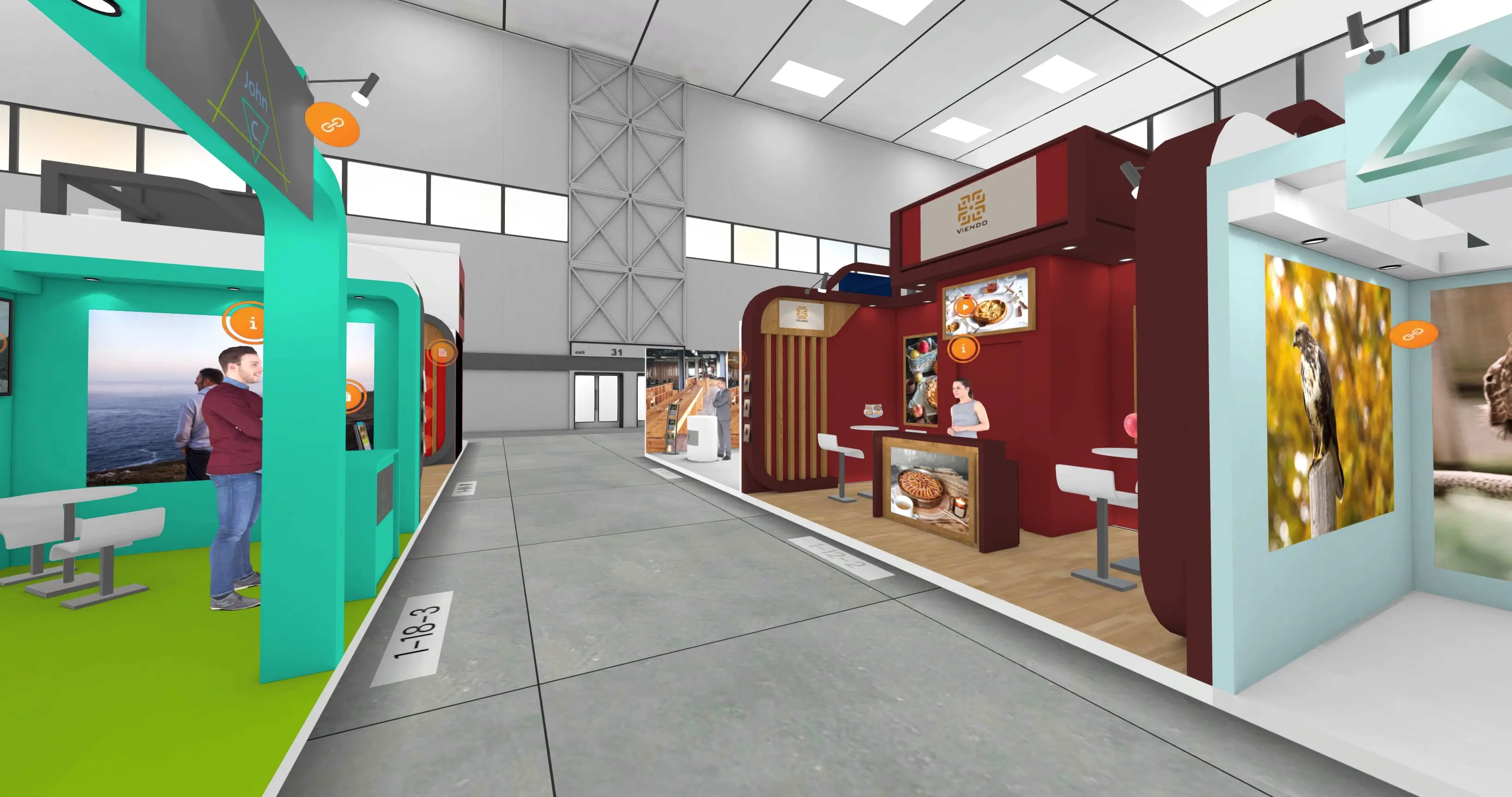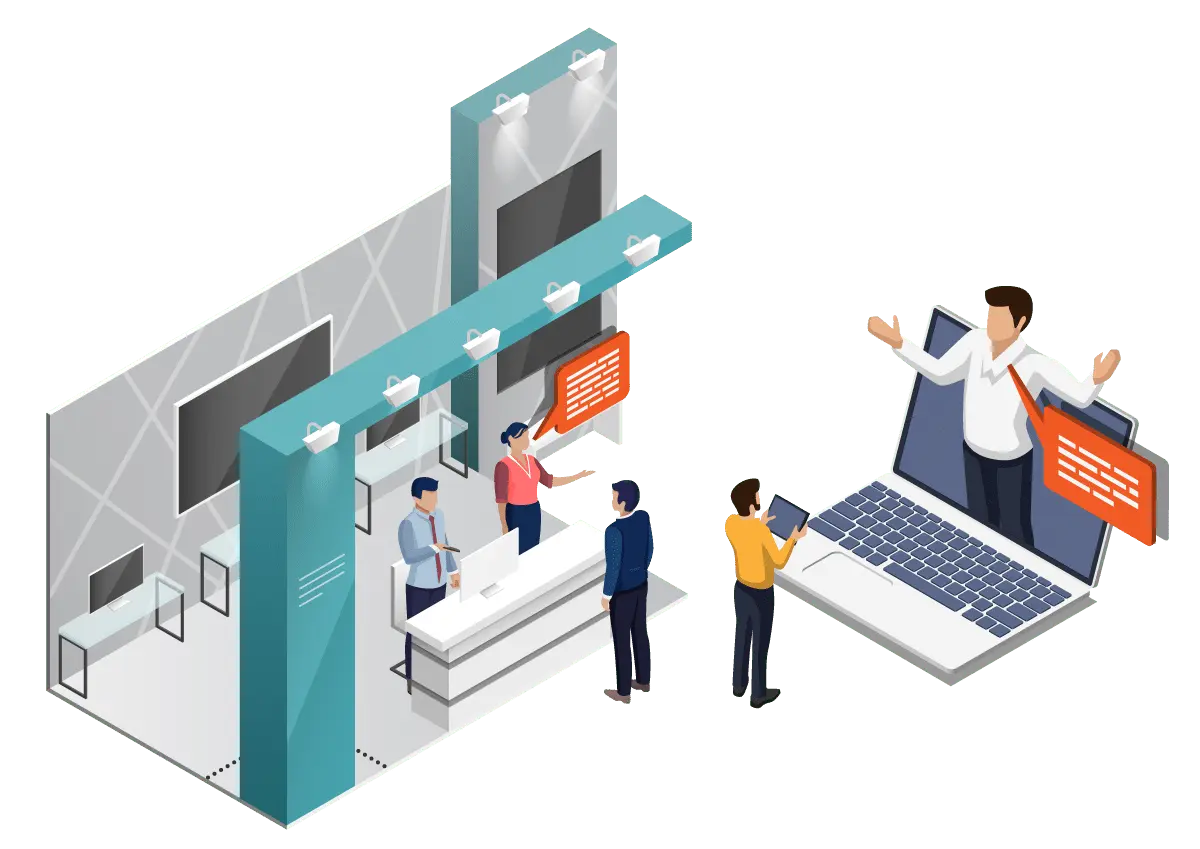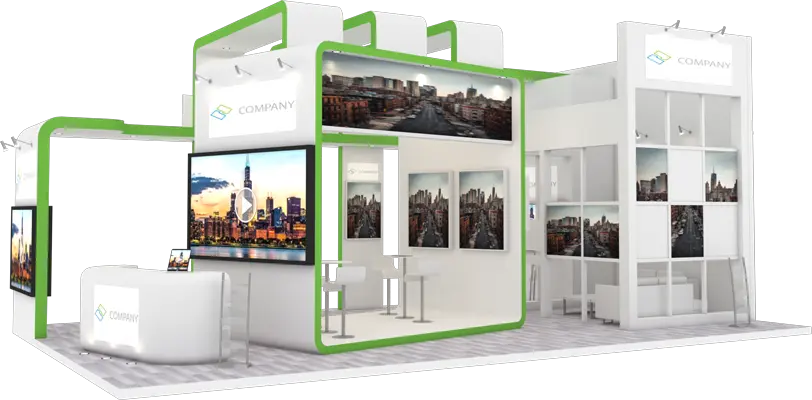| What challenges will shape the future of trade fairs? |
|---|
Of course, even after Corona, there will be trade fairs, events and other events in the same form as before. Well, maybe not completely. Through the forced break, we have also learned what advantages can result from the digital world. And then it’s time to figure out and define how to get the best out of both worlds. Unfortunately, there is no ideal solution for this yet. Because these formats must first be conceived, tried out and evaluated. But one thing is clear, the world is different. And just as we have to get used to cars that move autonomously (or are better allowed to), new formats will also emerge and establish themselves in the event sector. The typical face-to-face trade fair of recent years with increasingly expensive areas, countless parallel lectures, numerous subject areas, trade fair television, radio, newspaper, etc. cannot be the end of the development. No one will deny that the advantages of working from home will disappear after Corona. Let’s be surprised what our creativity will bring here for hybrid event formats in the future.
With Fairsnext, a hybrid implementation at eye level is possible.





